In Utah, nearly 1,000 car crashes occur each year due to drowsy driving. Every five years our state sees around 30 fatalities. One of the most recent incidents happened in our very own Provo Canyon.
On Wednesday, September 3rd, at 10:36 a.m., a driver reportedly fell asleep while traveling up the canyon and veered off the road into the river. The van flipped onto its side in the rushing water, but the driver managed to escape without serious injuries. Authorities say the crash could have easily turned tragic, a sobering reminder of how dangerous drowsy driving can be.

Drowsy driving doesn’t always mean someone completely falls asleep. Even short lapses in focus, known as “microsleeps,” that last just a few seconds are enough to miss a stoplight, drift into another lane, or slip off the brakes. Fatigued drivers are also more likely to misjudge distances, overlook road signs, and react too slowly to sudden changes, like a deer crossing the road or traffic slowing ahead. These risks compound on Utah’s winding canyon roads and busy freeways, where one moment of distraction can quickly lead to a serious crash.
According to the AAA Foundation for Traffic Safety, up to 21% of reported crashes are caused by drowsy drivers. Factors like early school hours, overnight work shifts, and untreated sleep disorders all contribute to the problem. Studies also show that being awake for 18 hours straight can impair driving ability to the same degree as having a blood alcohol concentration of 0.05%, making fatigue nearly as dangerous as alcohol when it comes to slowing reaction time.
Preventing drowsy driving requires both awareness and preparation. Experts recommend prioritizing sufficient sleep, taking breaks on long drives, and avoiding driving during peak fatigue hours, such as late at night or early morning. Having a second driver or even engaging in conversation with a passenger can help keep someone alert during long trips. Warning signs to watch for include frequent yawning, difficulty keeping eyes open, drifting from your lane, or not remembering the last few miles driven.
While the Provo Canyon driver was fortunate, not everyone gets a second chance. Safety officials urge to treat drowsy driving with the same seriousness as distracted or impaired driving because the consequences can be just as deadly.




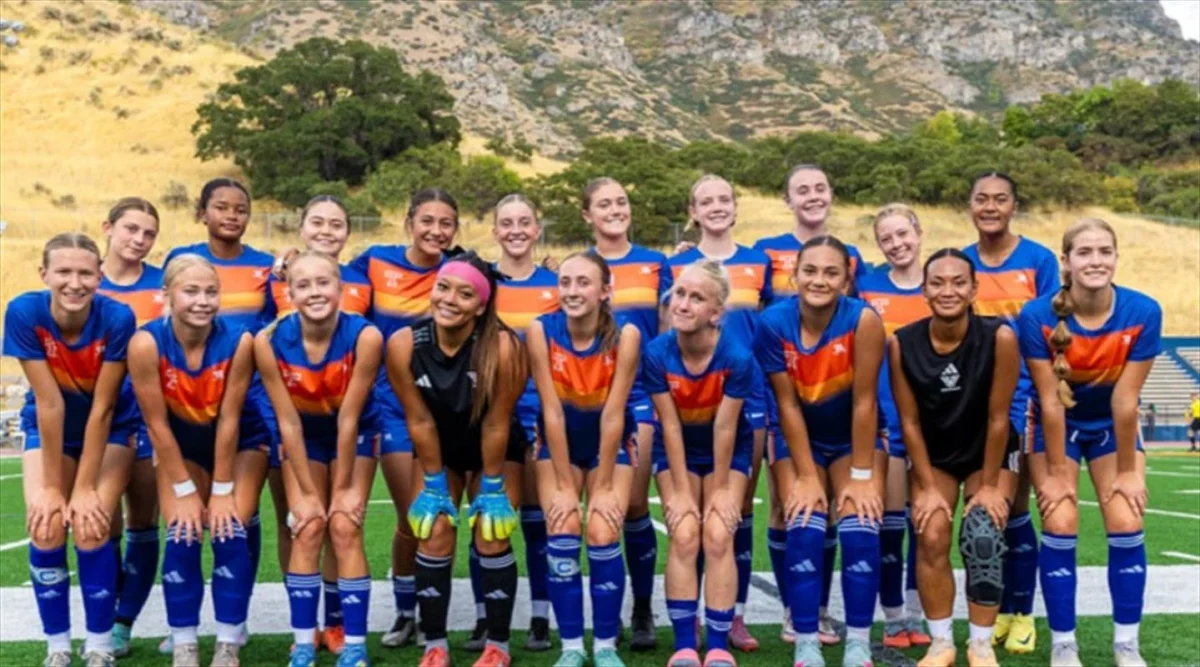
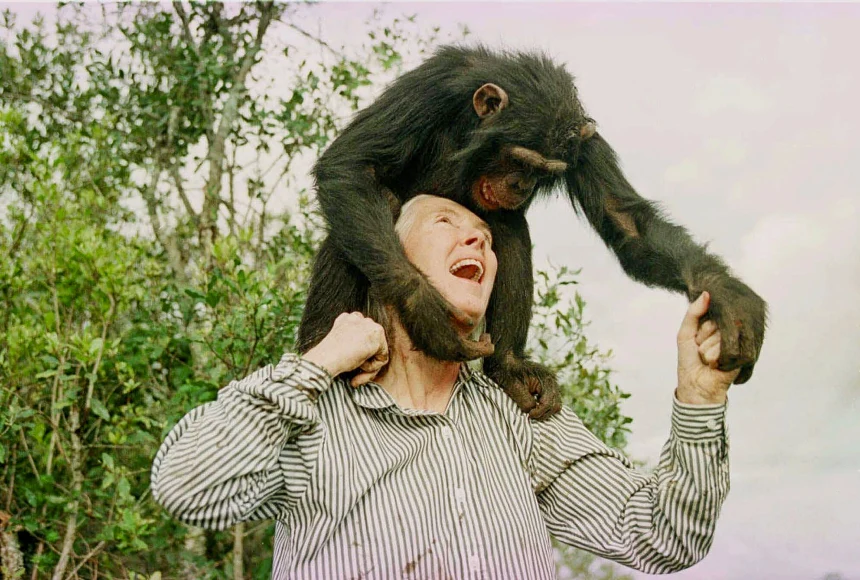
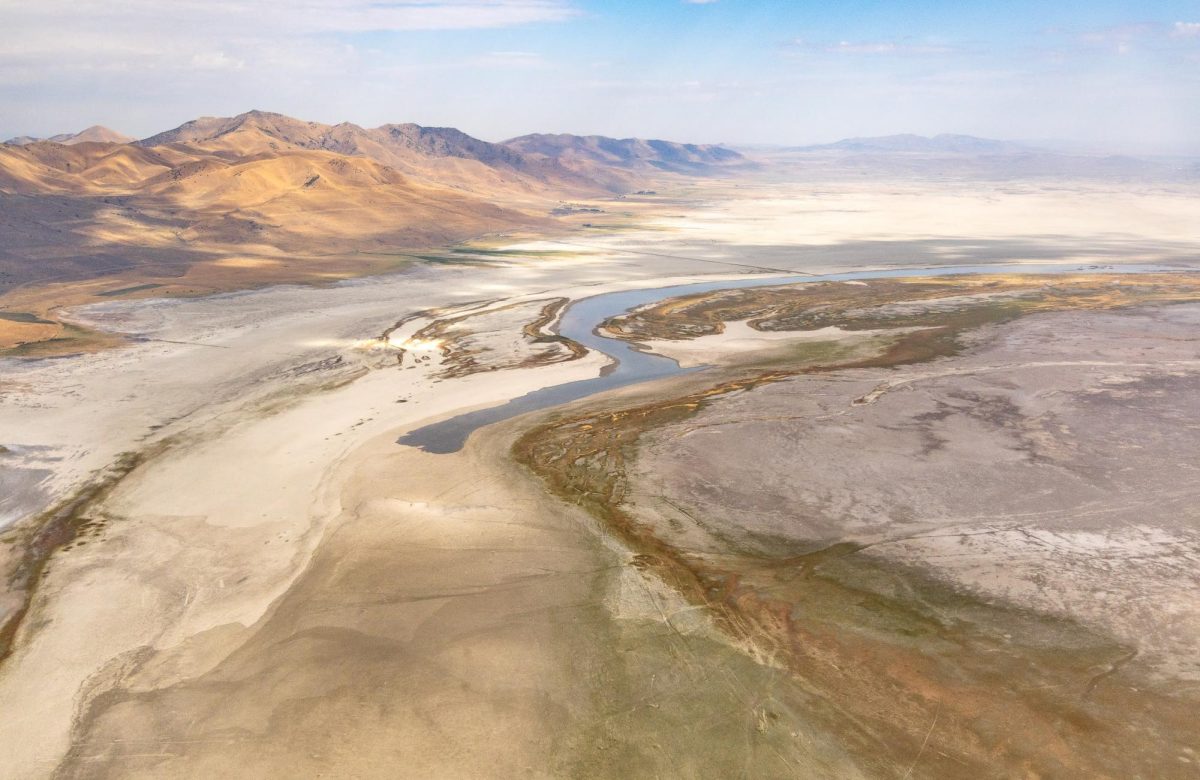
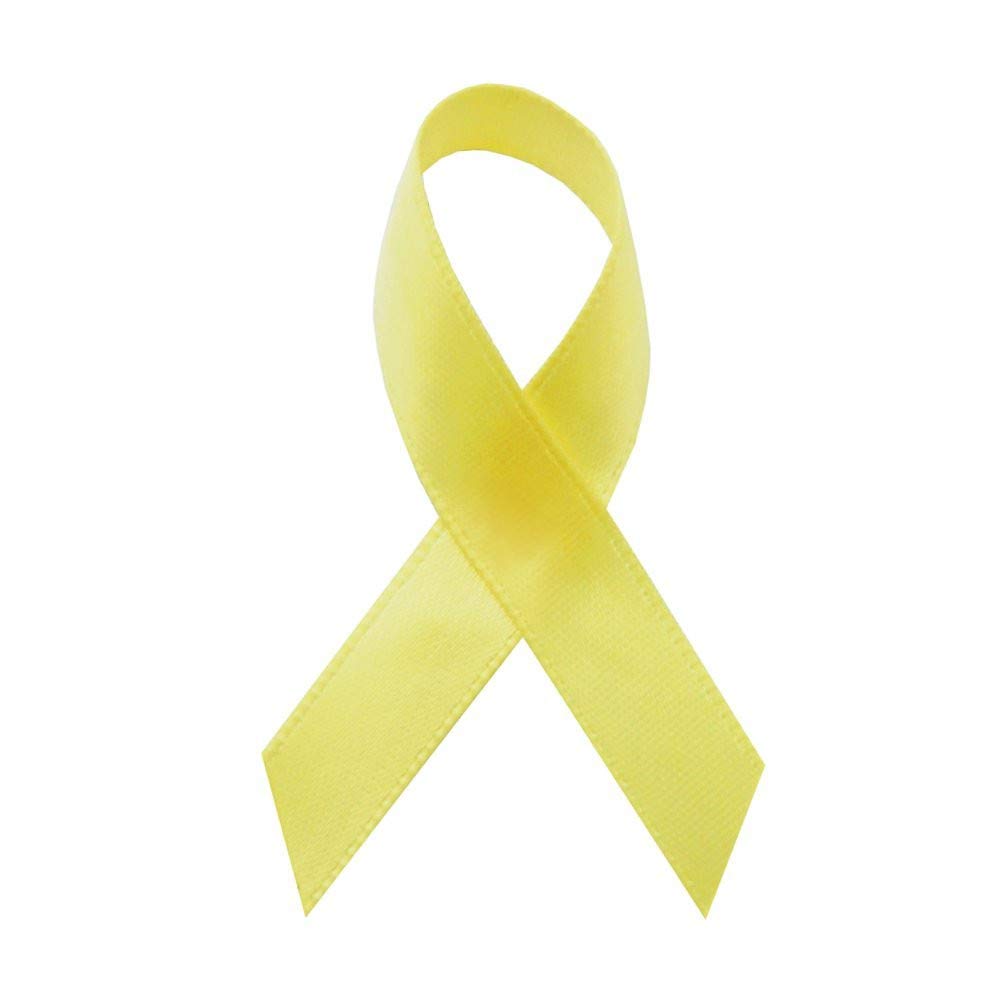


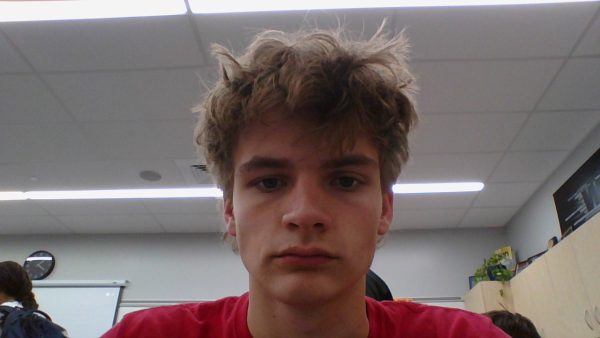
Sean Yamada • Sep 11, 2025 at 6:39 PM
fabolous story!!